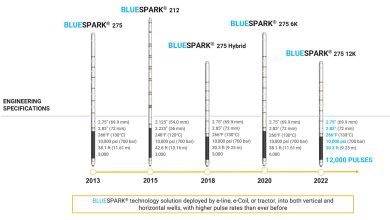IEA Cuts Global Oil Demand and Price Forecasts for 2025
Growth in global oil demand in 2025 will be below previous forecasts, following weak economic activity in China and North America, says a report by the International Energy Agency (IEA).
Next year, global oil demand is expected to rise by 1.2 million barrels per day (bpd) to 104.3 million, about 300,000 bpd below previous forecasts. Demand this year will stand at about 103.1 million bpd, down 20,000 bpd from the previous estimate, the IEA said.
In publishing these downward revisions, the IEA highlighted weakening economic activity in China and North America as key factors.
Falling imports and China’s refinery operations have lowered expectations for this year, while concerns about rising industrial output and production in the US and Canada are weighing on the outlook for 2025.
The report notes that the Paris-based Agency expects US oil demand to rise next year to 20.5 million (bpd), down from the previous forecast of 20.6 million bpd.
The estimate for this year has been maintained at 20.3 million bpd. The organization expects US oil production next year to average 13.54 million bpd, a decline of about 1% from the previous forecast of 13.67 million bpd.
The IEA also worsened its forecast for oil prices, now forecasting a barrel of light sweet crude oil to average USD 76.91 in 2024, a decline of 2.4% compared to the previous forecast, and a barrel of Brent North Sea crude oil to average USD 80.89 this year, a 2.3% drop from the previous forecast.
OPEC cuts estimates
In September, OPEC cut its forecasts for global oil demand growth in 2024 and next year, marking the producer group’s second consecutive downward revision.
OPEC left its forecast for 2025 unchanged at 2.9% and said there was the potential to revise next year’s figure upwards. For next year, OPEC has lowered its estimate for global oil demand growth to 1.74 million bpd from 1.78 million bpd, still at the top of industry expectations.
OPEC+ has implemented a series of production cuts from the end of 2022 to support the market, most of which are in place until the end of 2025.
The group was due to start easing the 2.2 million bpd production cut in October, but decided to postpone the plan by two months after oil prices fell.







